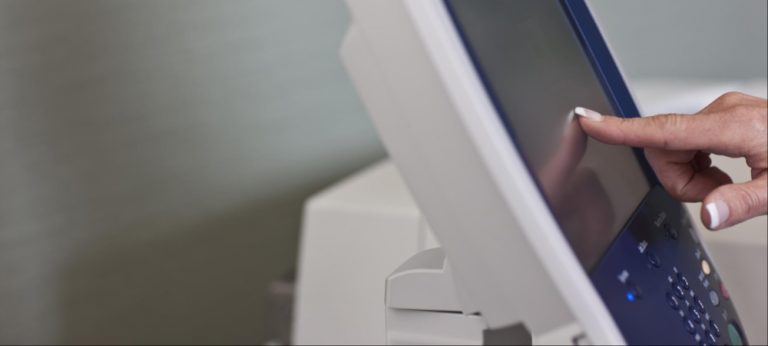By David Risher

Three quarters of a billion people can’t read this sentence, and perhaps one billion more are being held back through lack of access to books and low levels of literacy. Today, there is a lot to celebrate. But the reality is that these statistics have remained stubbornly stable over the past 50 years. We can’t keep doing the same thing with the same resources and expect it to change.
The good news is that even as we see momentum slowing, there are two key opportunities that can help us breakthrough and make rapid progress towards universal literacy.
Digital technology
The first is digital technology, and the extraordinary adoption of the mobile phone. Technology helps get people reading in several important ways, from lowering the distribution costs of books to near-zero, to making it easier for people to find content directly relevant to their lives, often from local publishers. But perhaps even more importantly, it causes people to look at reading in a new way, and its very convenience increases people’s likelihood to read. Kenyan teacher Daniel Ochieng learned this when we launched a project at Magoso Primary School that delivered Kindles packed with books from Worldreader’s collection to his students:
“Every morning children flock into this office asking for e-readers. And every time they come they want to spend the whole day with them just reading. If the e-readers are busy in a classroom, you’ll find the children in the library looking for books — they want to read. If I’d be allowed to rate the difference since we received the e-readers, I’d say we’ve seen about a 50 percent increase in library attendance”
If we can use digital reading to foster cultures of reading like this, we can help entire generations become lifelong readers.
Innovative partnerships
The second new tool is less obvious but just as important: the increased value placed on for-profit/non-profit partnerships by customers and employees. Numerous surveys suggest that roughly half of prospective employees say that they only want to work for companies that display a strong social commitment. And companies with innovative business models are collaborating with nonprofits in ways that are true to these values and help nonprofits achieve their goals. The for-profit economy dwarfs the nonprofit economy. So it stands to reason that if we want to get billions of people reading, joining forces in innovative ways could create a force large enough to make a real difference.
Set the Page Free is a novel campaign created by Xerox to re-imagine the modern workplace. Fourteen world-famous creative minds, including Roxane Gay, Lee Child and Jonathan Safran Foer, will collaborate to tell the story of the modern workplace in a one-of-a-kind book. It will not only be a powerful example of how we can and should rethink how content is created and distributed in a digital world (something I believe deeply in), but, through partnerships with Worldreader and Xerox, will also support global literacy.
Seven years after Colin McElwee and I founded Worldreader, the organization has helped more than 6 million people read thanks to focusing on technology and partnerships like this one. Tech companies like Amazon and Opera have helped us bring access to far-flung corners of the world via e-readers and mobile apps, publishers like Penguin Random House and Ghana’s SmartLine Publishing have helped us build a library of 40,000 free digital books in 43 languages. Educational institutions like the Kenya National Library Service and Camfed have helped us bring digital reading to schools and libraries in more than a dozen countries. Our Read to Kids program, co-founded with Project Literacy and Pearson, reached 200,000 families with access to children’s books in its pilot in India, and is now expanding to Syrian refugees and host communities in Jordan.
Results
The other good news about the tools we can use today is we no longer have to guess about the impact. Digital technology produces data in real-time. We have seen our programs double student reading and increase word recognition six-fold. We have seen them turn South African romance novels into a worldwide phenomenon among our readers. We have seen them spark habits of reading with their children in parents in India who doubted their own reading skills beforehand.
This year, the theme of International Literacy Day is Literacy in a Digital World. If we’re not careful, literacy in a digital world could still be a privilege that many cannot access; but with a collaborative effort, digital reading can disrupt the status quo. So for the sake of the three-quarters of a billion people who can’t read this post, I’m calling for all hands on deck to create a world where everyone can be a reader.




